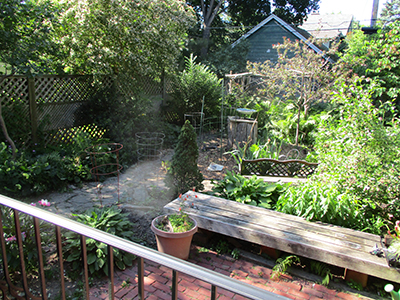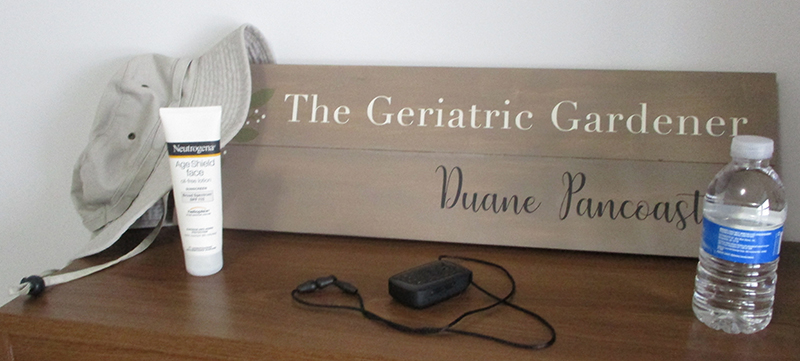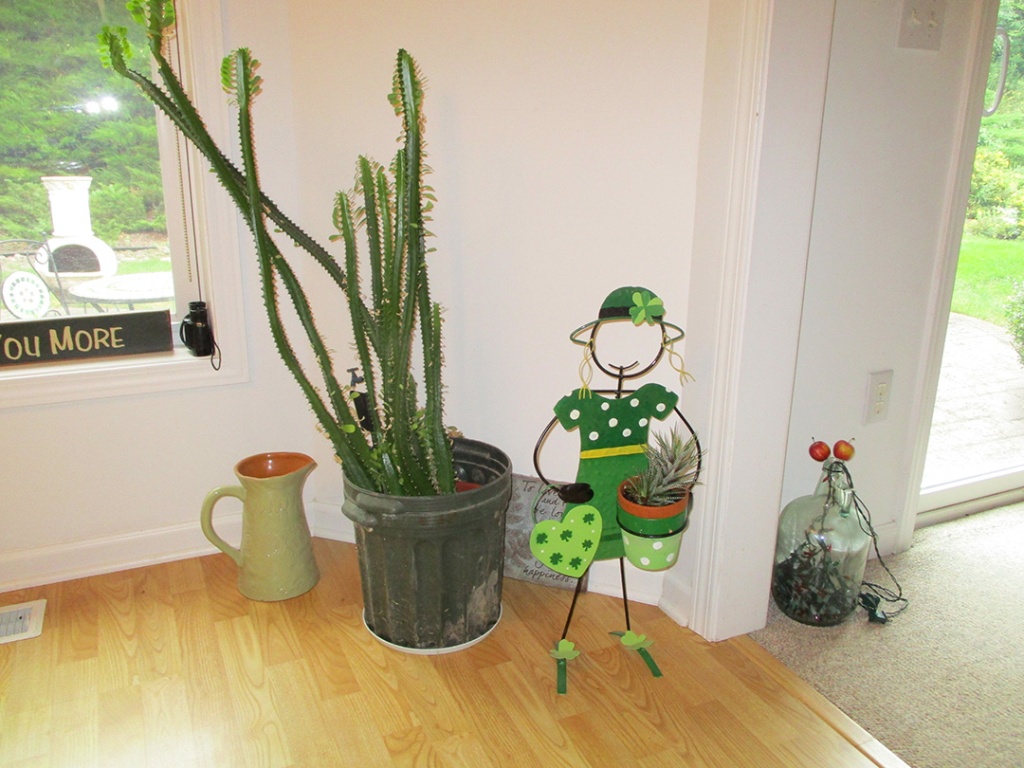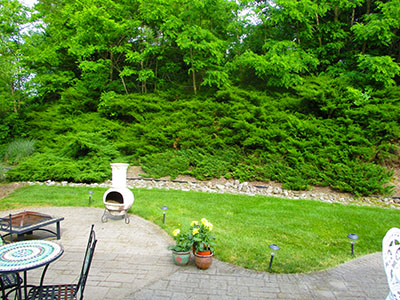
June and July are the best months to prune evergreen trees and shrubs. This can be challenging for the adaptive gardener, unless you follow these tips for getting the job done by working smarter rather than harder:
• Don’t prune evergreen trees…or any trees for that matter…that are taller than you. You could get struck by a falling branch. You could fall when stepping on a springy branch. A springy branch could whip around and injure you with its sharp needles. Hire a professional arborist who has the training, experience and specialized equipment to do the job safely.
• When pruning evergreen shrubs, wait until the new growth has finished but before it hardens off. New growth can be identified by light green needles or leaves. When new growth is finished, the needles or leaves darken and the wood hardens, requiring more strength to make cuts. If you prune while the new growth is still growing, you’ll have to do again when it’s finished.
• Practice adaptive gardening time management whenever you work in the garden, including when you prune evergreen shrubs. Hopefully, you know how long your work blocks and rest blocks should be. Prune during the work blocks; sit, hydrate and rest in the shade during the rest periods. Don’t skip a rest break. If you’re nearly finished with a shrub, it’s OK to be a little late for a rest break but don’t skip it.
• In addition to a brimmed hat to protect your face, neck and ears from the sun’s harmful rays, wear a long sleeve shirt and gloves, especially when pruning shrubs with sharp, pointed needles. Exposed skin can get very scratched up by these plants. Eyewear is essential when pruning evergreens. Wear sunglasses on sunny days and safety glasses on cloudy days. Even better, wear safety goggles that can fit over your sunglasses or prescription glasses.
• Select tools that require the minimum strength to hold and lift and the least amount of effort to operate. When pruning evergreen shrubs, the tools you will need include pruning shears, loppers and hedge clippers, depending on what plants you’re pruning. If any of these tools are heavy to hold and difficult to use, look into one of the several brands of cutting tools with fiberglass handles, lightweight metal blades and gear assist at the pivot point. These tools are easier to use than power versions. For even easier pruning, choose pruning shears with ratchet instead of gear assist, and always be sure the blades are sharp.
• The same best practices that apply to tree pruning apply to shrub pruning. Try to avoid leaving stubs. Make your cuts just above forks or at least just above where a leaf is attached to a stem. If you want to keep a coniferous shrub the same size, make the cuts right at the start of the new growth. To remove broken stems, it’s best to reach in with loppers and remove them right at ground level. When pruning shrubs like yews (Taxus), be careful how far you cut into the sides or the top. The needles don’t extend the full length of the branches, and cutting too deeply can result in bare wood with no needles. Definitely unsightly.
• Don’t try to be fancy or cute. Prune your evergreen shrubs so that they retain their natural shape. Don’t wreck your landscape by ruining a beautiful plant. If you want to be creative, you might buy a shrub at your local garden center, bring it home and try your hand at topiary. If the results are satisfying, plant the shrub. If not, discard it and stick to retaining natural shapes when you prune. Or, you could always try your hand at bonsai.
Follow these adaptive gardening techniques and enjoy a comfortable experience and results you can be proud of. For even more ideas, read my critically acclaimed book, The Geriatric Gardener: Adaptive Gardening Advice For Seniors. You can order a copy at https://thepancoastconcern.com/the_geriatric_gardener









